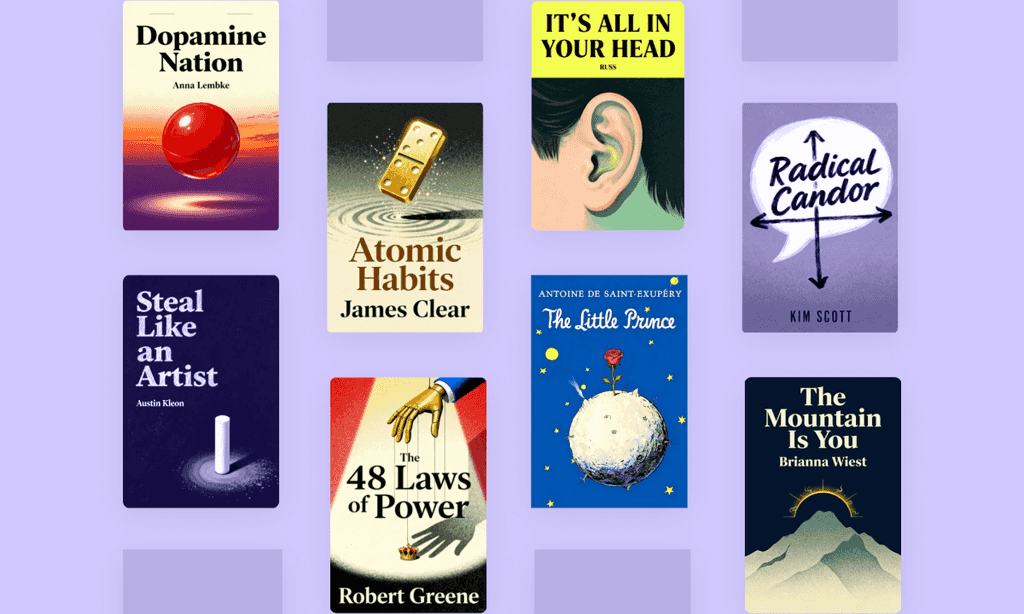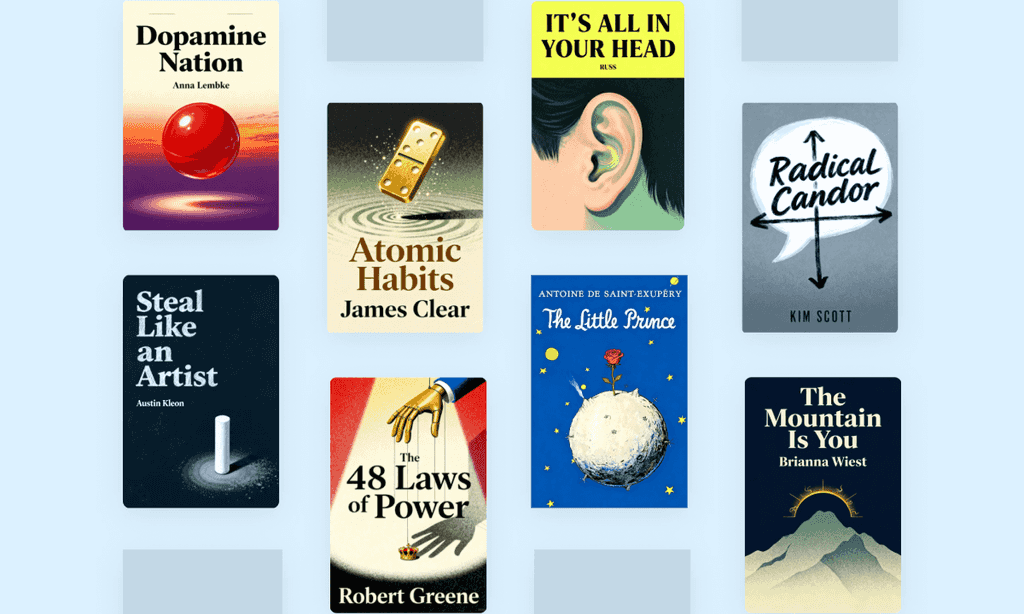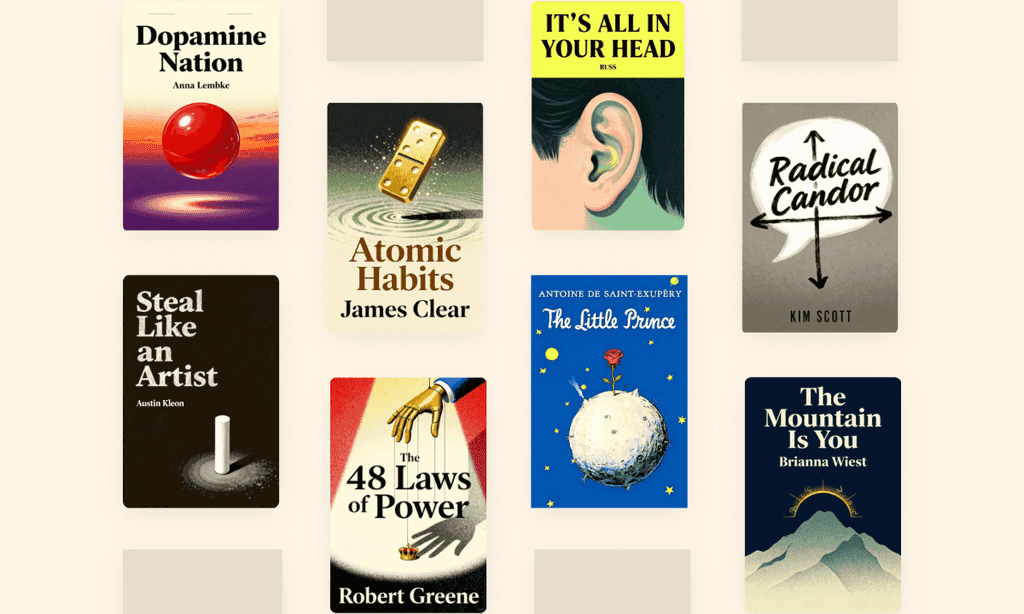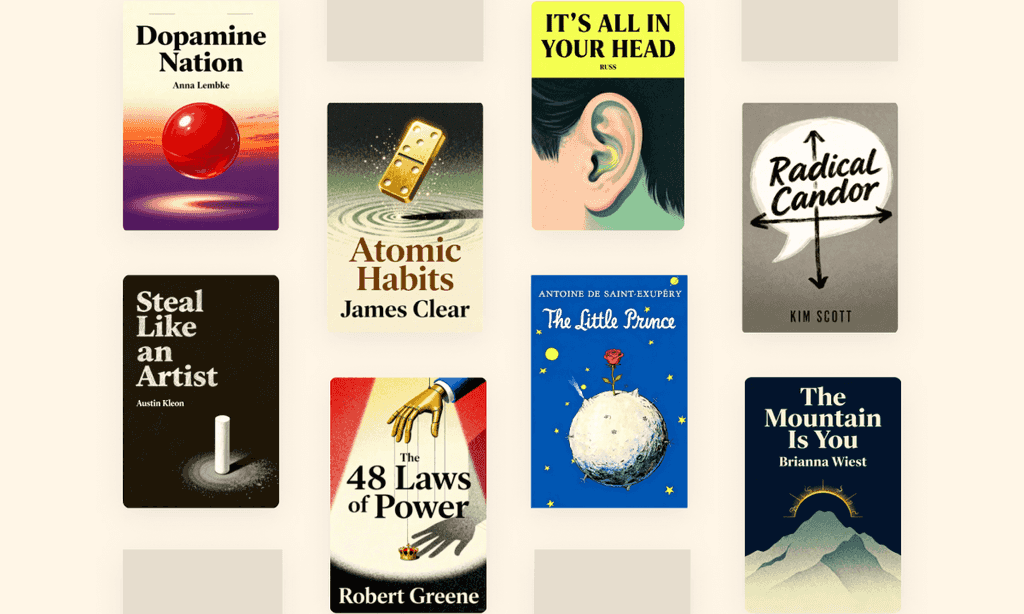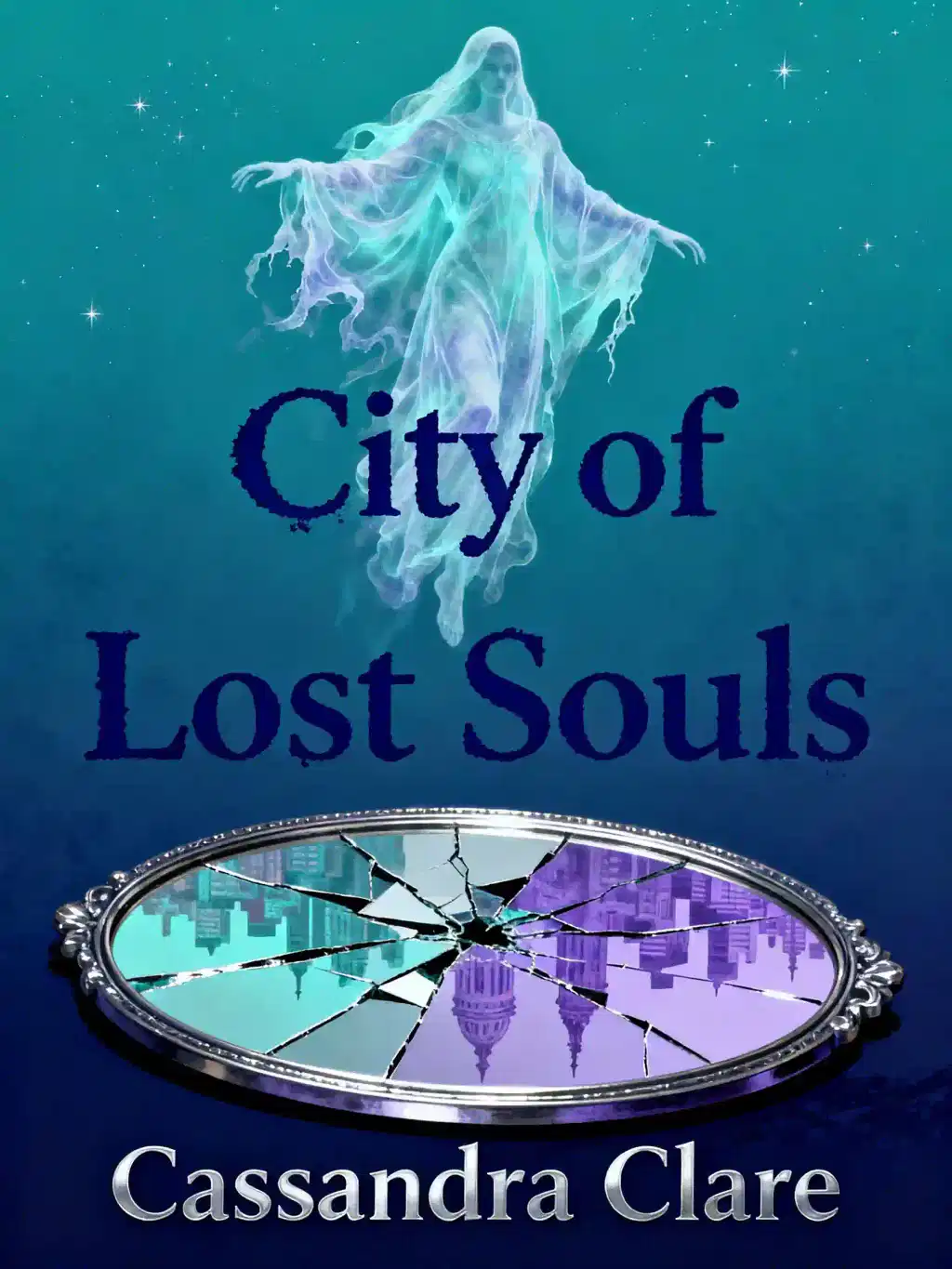
City of Lost Souls by Cassandra Clare Summary
In "City of Lost Souls," Cassandra Clare's fifth Mortal Instruments installment, dark fantasy meets forbidden love. With 50+ million copies sold worldwide and adapted for screen, this NYT bestseller explores how far one will go to save their soulmate - even if it means losing themselves.
About the author
Cassandra Clare, born Judith Rumelt, is the #1 New York Times bestselling author of City of Lost Souls and a pioneer of young adult urban fantasy.
Known for her Shadowhunters universe blending supernatural intrigue with complex relationships, Clare draws from her global upbringing in Iran, France, and England to craft richly detailed worlds.
A former entertainment journalist, she transitioned to fiction with 2007’s genre-defining City of Bones (Mortal Instruments series), establishing her signature mix of mythos-driven plots and character-driven drama. Her expanding catalog includes the Victorian-era Infernal Devices trilogy and the Dark Artifices series, both exploring themes of heritage and sacrifice across generations.
Clare’s works have sold over 36 million copies worldwide, inspired the Shadowhunters TV adaptation, and been translated into 40+ languages, cementing her status as a cornerstone of modern YA fantasy.
FAQs About This Book
City of Lost Souls follows Clary Fray’s desperate quest to rescue Jace, who’s magically bound to the villainous Sebastian Morgenstern. As Clary infiltrates their alliance using enchanted Faerie rings, themes of love, sacrifice, and moral ambiguity unfold. The Shadowhunters face betrayals, demonic rituals, and fractured relationships, culminating in a cliffhanger involving Lilith’s apocalyptic plans.
This book targets YA fantasy fans aged 14+ who enjoy dark romance, supernatural battles, and complex characters. Its mature themes (possession, moral gray areas) suit readers familiar with The Mortal Instruments series or urban fantasy sagas like Shadow and Bone.
Yes, for fans invested in the series. It escalates tension with Jace’s corruption, Sebastian’s manipulation, and Clary’s undercover mission. While slower-paced in parts, it advances key arcs like Simon’s vampire struggles and Magnus/Alec’s relationship, setting up the final series showdown.
The twin Faerie rings enable telepathic communication, which Clary uses to spy on Jace and Sebastian. Their destruction becomes pivotal when Sebastian exploits them to eavesdrop, forcing Clary to smash one to protect her allies—a turning point in the battle against Lilith’s ritual.
Jace becomes possessed by Sebastian via Lilith’s bond, acting colder and manipulative. His struggle to resist Sebastian’s control highlights themes of free will vs. destiny, culminating in his ambiguous disappearance post-ritual, leaving Clary devastated.
The sword, forged from Heaven’s fire, is the only weapon capable of killing Sebastian. Its retrieval by Isabelle and Simon becomes critical to stopping Lilith’s apocalypse, symbolizing hope amid despair.
Characters like Magnus (hiding immortality solutions from Alec) and the Seelie Queen (switching alliances) embody ethical complexity. Even Clary compromises her values by joining Sebastian, blurring hero/villain lines.
Some readers cite slower pacing in early chapters and convoluted subplots (e.g., Jordan/Maia’s arc). However, fans praise its emotional depth and setup for the series finale.
The cliffhanger sees Jace vanishing after Lilith’s ritual fails, Sebastian’s headquarters destroyed, and Clary’s rune magic backfiring. Shadowhunters regroup, hinting at a final battle in City of Heavenly Fire.
“‘The love that moves the sun and all the other stars’” (referencing Dante) underscores Clary and Jace’s bond. Another standout: “Every heart has its thorns,” reflecting the characters’ emotional scars.
It’s darker and more relationship-driven than earlier entries, focusing on psychological stakes over action. Fans of City of Glass’s lore will appreciate Lilith’s lore expansion, while romance readers gain tension from Clary/Jace/Sebastian.
Its themes—toxic relationships, identity under manipulation, and sacrifice—resonate in modern discussions about agency and resilience. The series’ Netflix adaptation (Shadowhunters) also sustains interest.
Quick Summary Mode - Read or listen to City of Lost Souls Summary in 8 Minutes
Break down key ideas from City of Lost Souls into bite-sized takeaways to understand how innovative teams create, collaborate, and grow.
Flash Card Mode - Top 10 Insights from City of Lost Souls in a Nutshell
Distill City of Lost Souls into rapid-fire memory cues that highlight Pixar’s principles of candor, teamwork, and creative resilience.

Fun Mode - City of Lost Souls Lessons Told Through 17-Min Stories
Experience City of Lost Souls through vivid storytelling that turns Pixar’s innovation lessons into moments you’ll remember and apply.
Personalize Mode - Read or listen to City of Lost Souls Summary in 0 Minutes
Ask anything, pick the voice, and co-create insights that truly resonate with you.

From Columbia University alumni built in San Francisco
See More Stories?

Get the City of Lost Souls summary as a free PDF or EPUB. Print it or read offline anytime.


















